Table of Contents
Introduction to Xanthan Gum
Xanthan gum is a versatile food additive used as a thickener and stabilizer in countless culinary applications. Unlike spices, it doesn't contribute flavor but plays a critical role in improving texture and consistency across diverse recipes. This natural ingredient is produced through bacterial fermentation and is essential in gluten-free baking, sauces, dressings, and more.
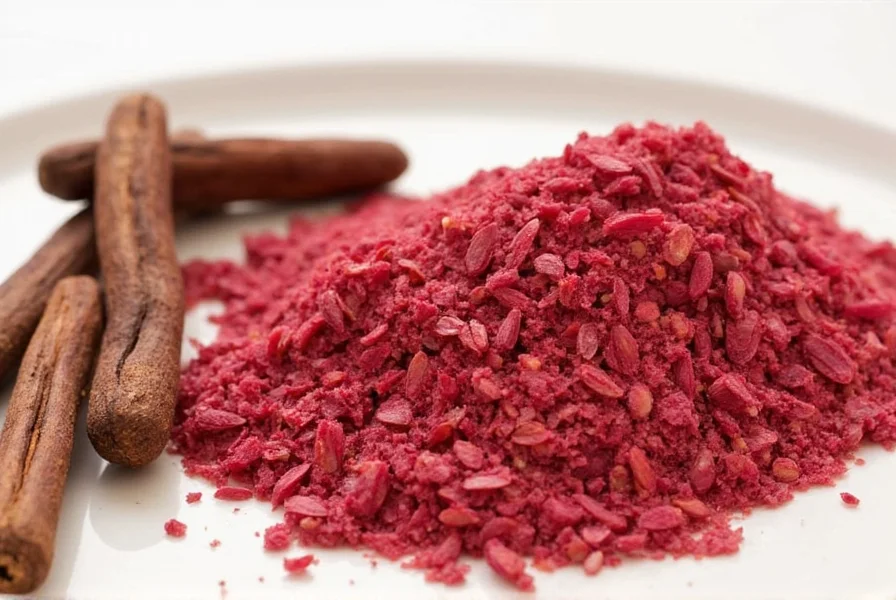
What Is Xanthan Gum?
Xanthan gum is a polysaccharide produced through the fermentation of sugars by the bacterium Xanthomonas campestris. Unlike tree-derived resins, it's manufactured in controlled industrial processes. The resulting powder dissolves easily in water and forms a stable gel, making it invaluable for food science applications.
Its unique rheological properties allow it to maintain viscosity across varying temperatures and pH levels, which is why it's preferred over natural thickeners in commercial food production and professional kitchens.
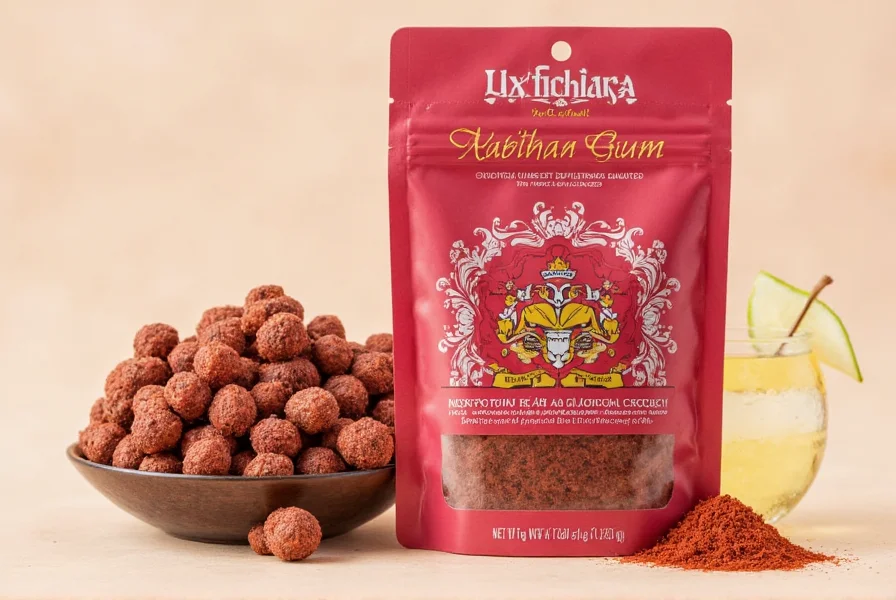
Uses and Applications
Xanthan gum serves multiple functions in food preparation:
- Thickening Agent: Used in sauces, gravies, and dressings to achieve smooth consistency without altering flavor.
- Gluten Replacement: Essential in gluten-free baking to provide structure and elasticity that gluten normally offers.
- Stabilizer: Prevents ingredient separation in products like salad dressings, ice cream, and dairy alternatives.
- Texture Enhancer: Improves mouthfeel in low-fat products and creates stable foams in molecular gastronomy.

Practical Tips for Using Xanthan Gum
Using xanthan gum effectively requires precision due to its high potency:
- Measure Carefully: Start with 1/8 to 1/4 teaspoon per cup of liquid. Overuse creates a slimy texture.
- Pre-mix with Dry Ingredients: Combine with other dry ingredients before adding liquids to prevent clumping.
- Use in Warm Liquids: Dissolves best in liquids above 140°F (60°C) for optimal dispersion.
- Store Properly: Keep in an airtight container away from moisture to maintain effectiveness for up to 2 years.
- Experiment Gradually: Start with minimal amounts and adjust based on desired texture consistency.
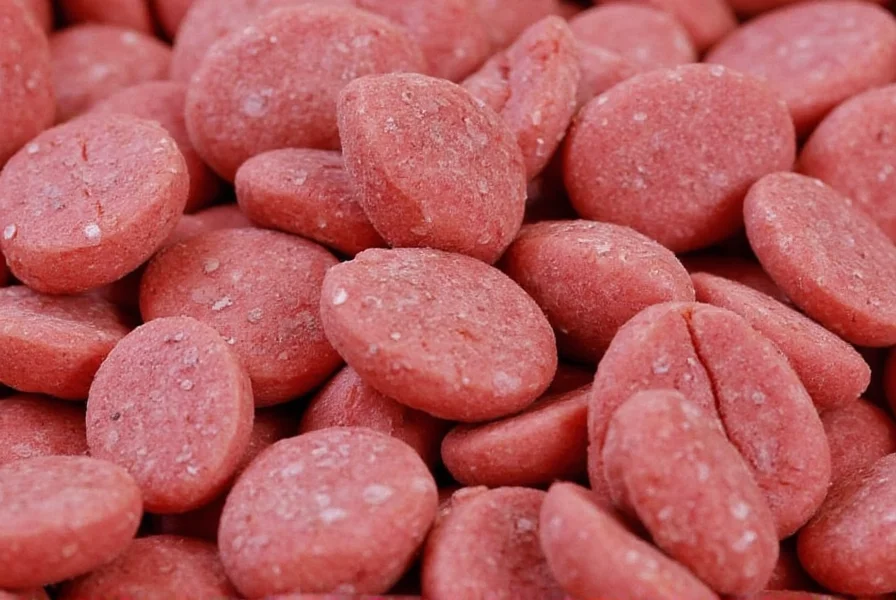
Frequently Asked Questions About Xanthan Gum
What is xanthan gum and how is it made?
Xanthan gum is a polysaccharide produced through bacterial fermentation of sugars by Xanthomonas campestris. The fermentation process creates a gel-like substance that's dried and ground into a fine powder.
How is xanthan gum different from cornstarch or guar gum?
Unlike cornstarch which loses thickening power when frozen or reheated, xanthan gum maintains stability across temperature changes. Compared to guar gum, xanthan gum works better in acidic environments and provides superior viscosity at lower concentrations.
Is xanthan gum safe for consumption?
Yes, xanthan gum is approved by the FDA and WHO as a safe food additive. It's commonly used in gluten-free, dairy-free, and low-sugar products. Some individuals may experience mild digestive sensitivity with large quantities, but normal culinary use is safe for most people.
How much xanthan gum should I use in recipes?
Typical usage ranges from 0.1% to 0.5% of total liquid weight. For sauces, start with 1/8 tsp per cup; for gluten-free baking, 1/2 tsp per cup of flour is common. Always follow recipe-specific measurements for best results.
Can xanthan gum be used in cold applications?
Yes, but it requires proper mixing. For cold applications like salad dressings, blend xanthan gum with dry ingredients first before adding liquids. Cold liquids may require additional blending time for full dissolution.
Does xanthan gum have any health benefits?
While not a nutritional supplement, xanthan gum can help regulate blood sugar levels by slowing carbohydrate absorption. It's also used in medical applications for thickening liquids for dysphagia patients. However, its primary role in food is functional rather than nutritional.
How should I store xanthan gum to maintain freshness?
Store in an airtight container in a cool, dry place away from direct sunlight. Moisture exposure can cause clumping and reduce effectiveness. Properly stored, xanthan gum maintains quality for 2-3 years.
Is xanthan gum suitable for vegan and gluten-free diets?
Yes, xanthan gum is naturally vegan and gluten-free. It's commonly used in plant-based and gluten-free products as a binding agent and texture enhancer.
Buying Guide for Xanthan Gum
When selecting xanthan gum, consider these key factors for optimal performance:
| Product Type | Key Features | Best For | Usage Tips |
|---|---|---|---|
| Food-Grade Xanthan Gum | 99% purity, fine powder consistency | Professional kitchens, commercial food production | Use precise measurements with digital scales for consistency |
| Organic Xanthan Gum | Certified organic, non-GMO, no synthetic additives | Health-conscious home cooks, organic product manufacturers | Pair with other organic ingredients for clean-label recipes |
| Gluten-Free Xanthan Gum Blends | Pre-mixed with other gluten-free thickeners | Beginners in gluten-free baking | Follow package instructions for specific flour blends |
| Industrial-Grade Xanthan Gum | Higher concentration, bulk packaging | Food manufacturing facilities, large-scale production | Requires specialized equipment for proper dispersion |
When purchasing, look for certifications (FDA, USDA Organic), check expiration dates, and verify packaging integrity. Reputable brands include Bob's Red Mill, King Arthur Flour, and NOW Foods.
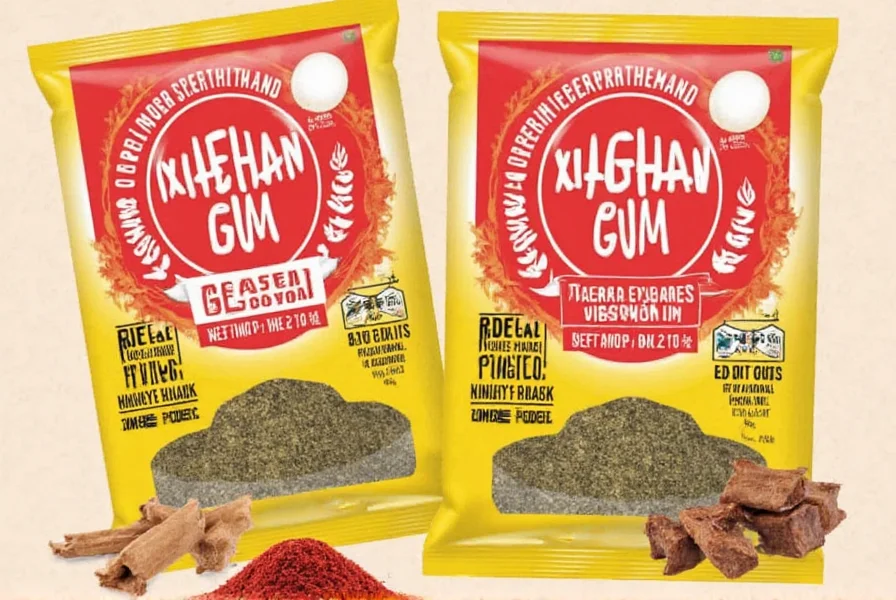
Conclusion
Xanthan gum is an indispensable tool for modern cooking, providing texture and stability that natural ingredients often cannot. Its versatility across temperature ranges, pH levels, and dietary requirements makes it valuable for both professional chefs and home cooks. By understanding proper usage techniques and selecting the right product type for your needs, you can elevate your culinary creations while maintaining consistency and quality.
Whether you're perfecting gluten-free bread, creating restaurant-quality sauces, or developing new plant-based recipes, xanthan gum's unique properties make it a reliable foundation for culinary innovation. Start with small quantities, measure precisely, and experiment with confidence to unlock its full potential in your kitchen.
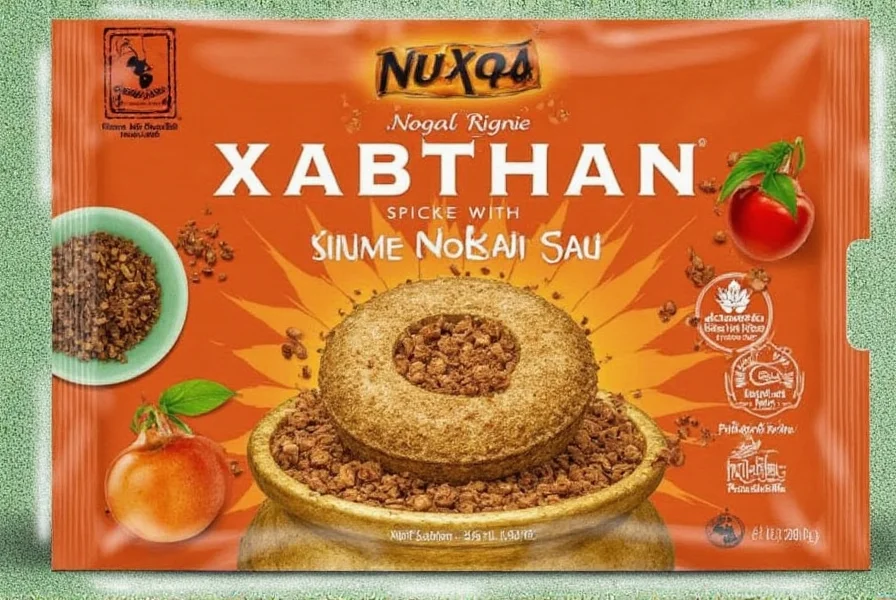

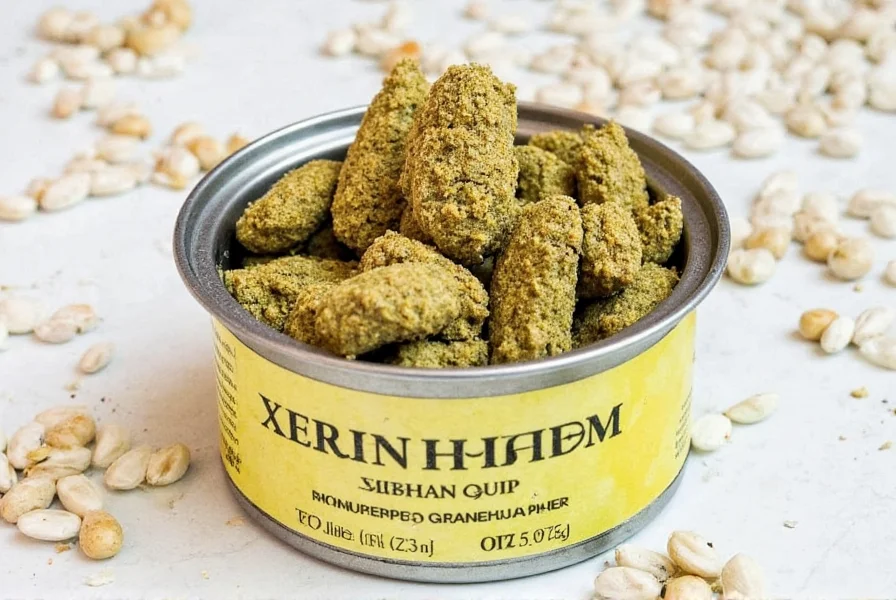









 浙公网安备
33010002000092号
浙公网安备
33010002000092号 浙B2-20120091-4
浙B2-20120091-4